A quiet room, posters of science, math, and literary-related quotes filling the walls, sits nearly empty. Two lone students stand near the front of the room; a single teacher is helping one of the students with their math homework. This is the AELP (Ankeny Extended Learning Program) room, the central hub of Ankeny High’s gifted program.
The main purpose of AELP in Ankeny is to provide more opportunities for learning to students who perform at a higher academic rate or have a higher academic potential.
“The CogAT [cognitive abilities] test [is] given in second grade. This is a battery of several sub tests,” AHS AELP teacher Julie Heitz said. “And the overall score of this test in conjunction with several other data pieces and assessments is all combined and looked at individually to determine student eligibility.”
After students are identified in third grade, they are enrolled in the AELP program to help accelerate their learning, including extensions in certain subjects and projects such as Math Olympiads and You Be the Chemist. However, as students continue on their path to middle school, the program changes.
“The support usually centers around a math extension and literacy extension and then they pull students in for what’s called a seminar,” Heitz said. “They can work on passion areas, character development, along with even more emphasis being placed on supporting students with emotional social support, perfectionism, [and] time management.”
As students move into high school, the program changes again, shifting into a role of support for students as they take higher-level classes.
“The teachers in the AELP classrooms are able to help me with my homework a lot more,” junior Isabel Peverill said. “The support offered to AELP students is exclusive to the program, as a way to help extend their learning, a resource not found in regular study halls.”
While some students feel that AELP has been beneficial for their school career, others feel like it could improve.
“I feel like when we were younger, it did [divide students] in a way because it was a very select group of kids and they would pull you out for that… ‘Oh, I’m not an AELP, so I’m not smart,’” junior Morgan Conklin said.
Along with feeling like AELP could be opened up to more students at the elementary level, other students feel that AELP could be improved at the middle school level.
“I think in middle school, the program should be optional, kind of like how they are in high school, where you’re not required to [be in the program] because I know that I struggled to finish a project in middle school because I was so overwhelmed with everything else,” Peverill said.
Peverill said there was added pressure as an AELP student due to having to work on a schedule for the program.
“…You had more responsibility within it, like you had to be able to make a schedule, and you had to keep on track. You had these programs and deadlines… Creating these things [projects], staying on deadlines, becoming more responsible, and it kind of added that pressure,” Peverill said.
However, AELP teachers are actively working to improve AELP throughout the district.
“We are in what’s called a review year where we are reviewing elementary services, middle school services, and high school services,” Heitz said.
Heitz said along with the review of the program, AELP is facing another issue, understaffing.
“The number one resource that our department needs is staff. Every elementary AELP teacher has to also go between two buildings….the number one way to increase support of gifted education is to add more staff,” Heitz said.
Heitz’s job entails supporting students with their regular classwork during a set aside time, often study hall or an open period. Along with that, Heitz offers new opportunities for AELP students beyond the classroom, such as NaNoWriMo, a writing program, as well as job shadows.
Though some feel it could be improved, AELP provides benefits for students, but it requires more teachers, especially as the program moves forward, expanding to serve students better. Some feel that AELP could be expanded in other ways to identify students in different areas, such as art and music.
“That could be something worth looking at. It’s not on the horizon right now, but we have a lot of gifted students in the arts and music,” Heitz said. “I want to acknowledge that we have a lot of students that are gifted in art, music, literature, and to be able to support them is what I would also like to improve on.”
The main purpose of AELP is to extend students’ learning beyond what they would learn in a regular classroom.
“Our goal should be replacing and extending rather than requiring more,” Heitz said.






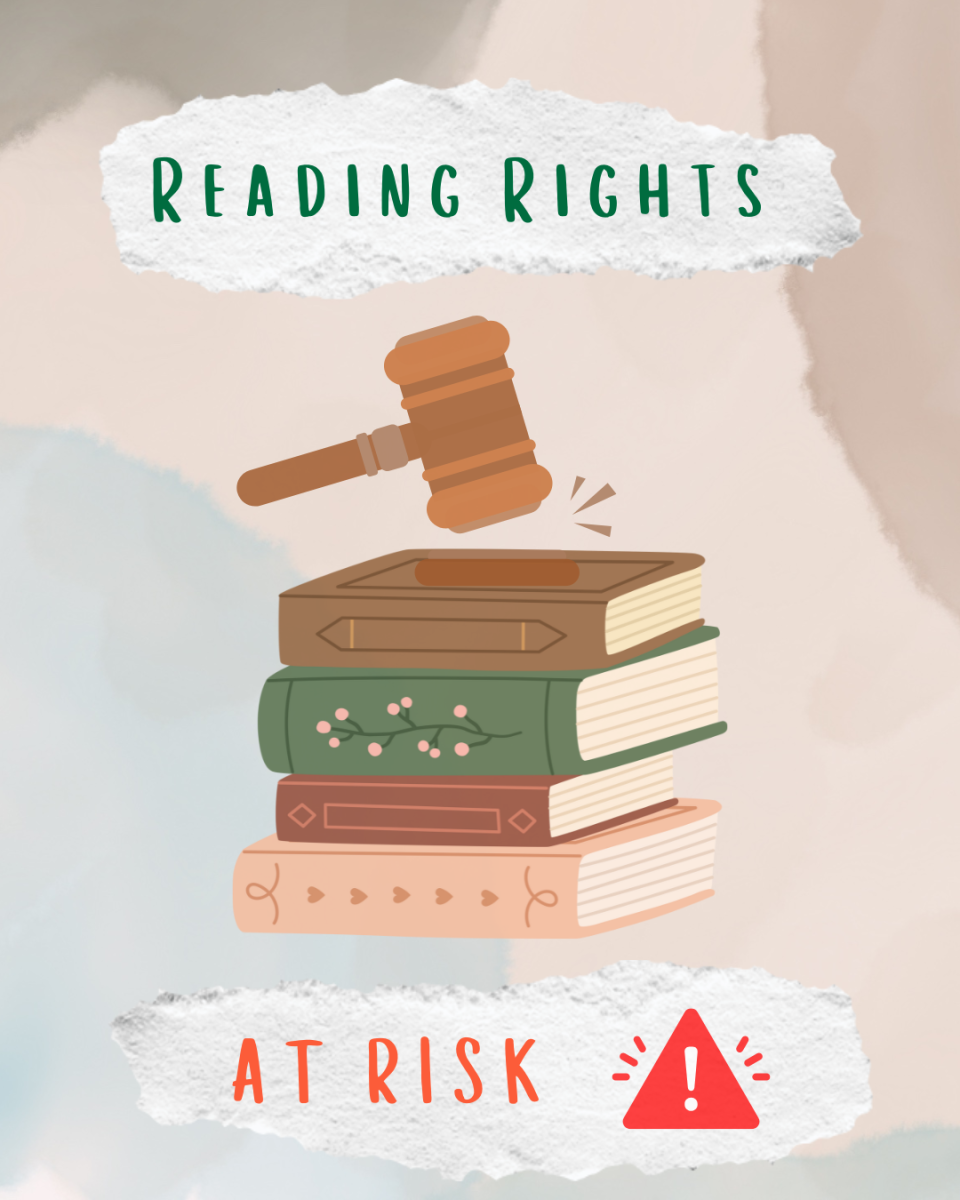














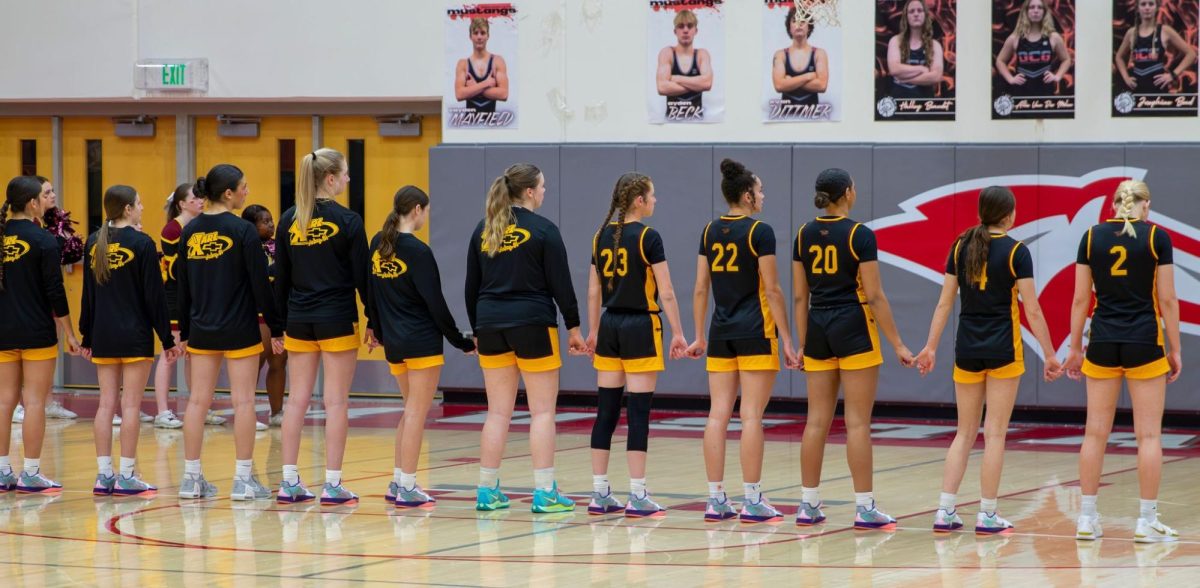


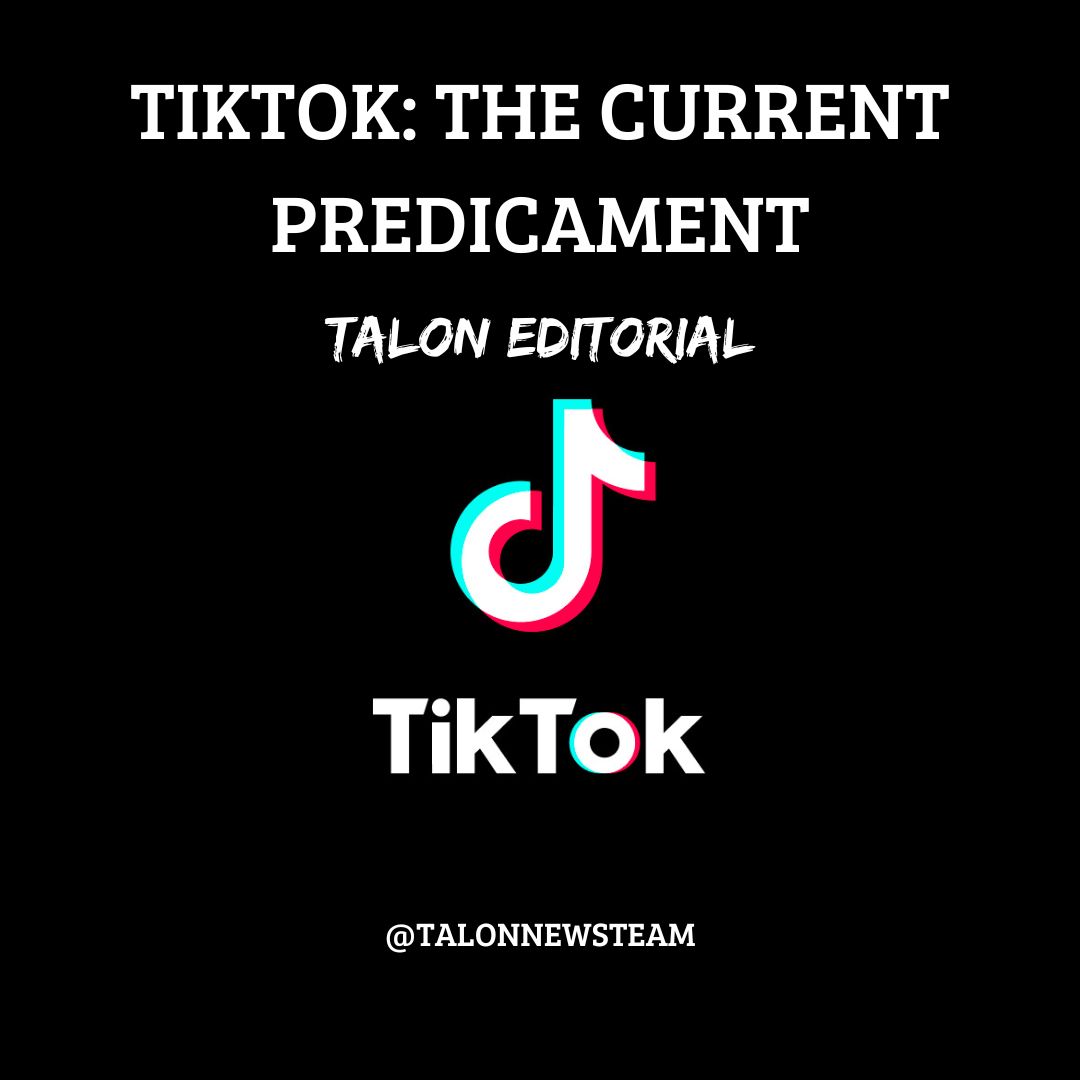




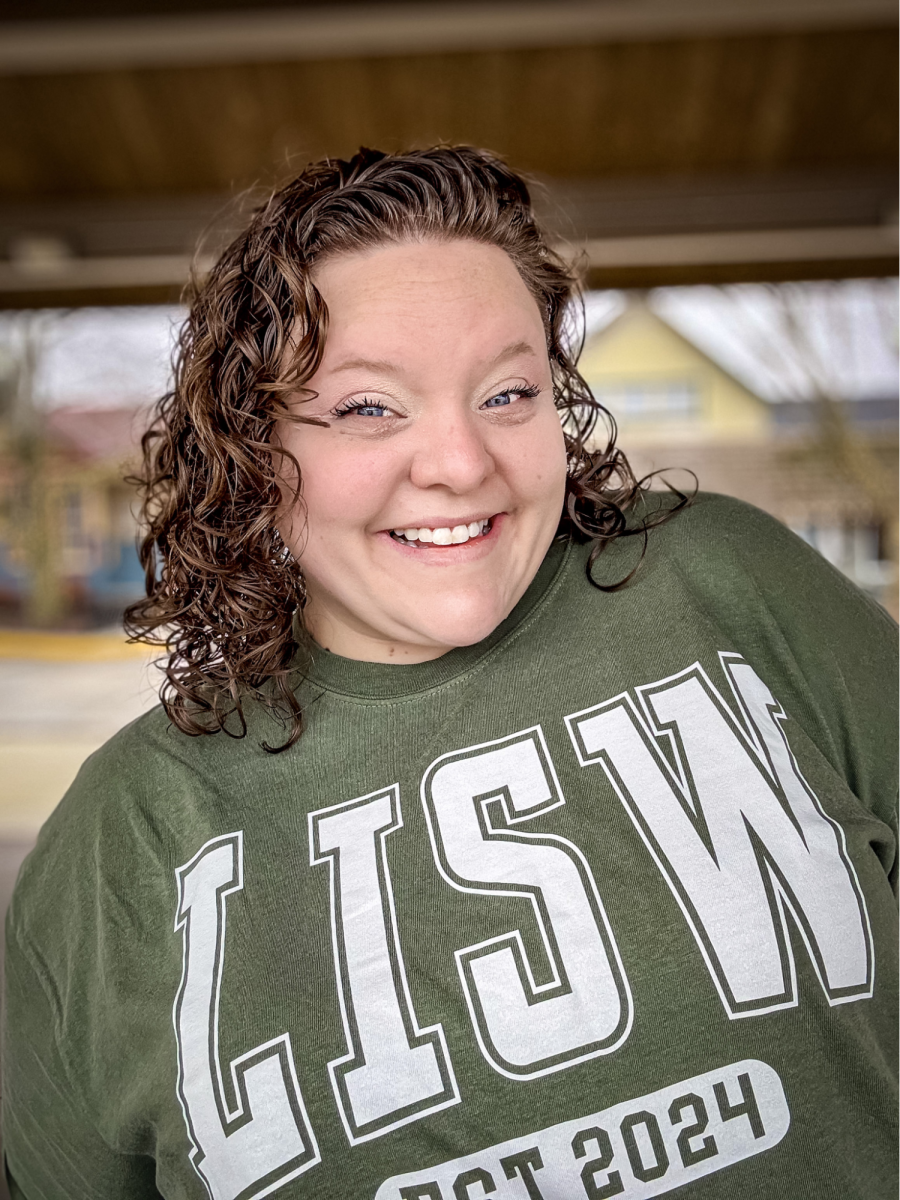

![Bing talking about the plan for the day with her students in one of her AP Biology courses. “If I wasn't passionate about working with students, I don't think [I’d stay in teaching], but no, it's absolutely the students that I have that [make it worth it,” Bing stated. Photo taken by Sylvia Bartlett.](https://ahstalonnews.com/wp-content/uploads/2025/04/bing.jpg)









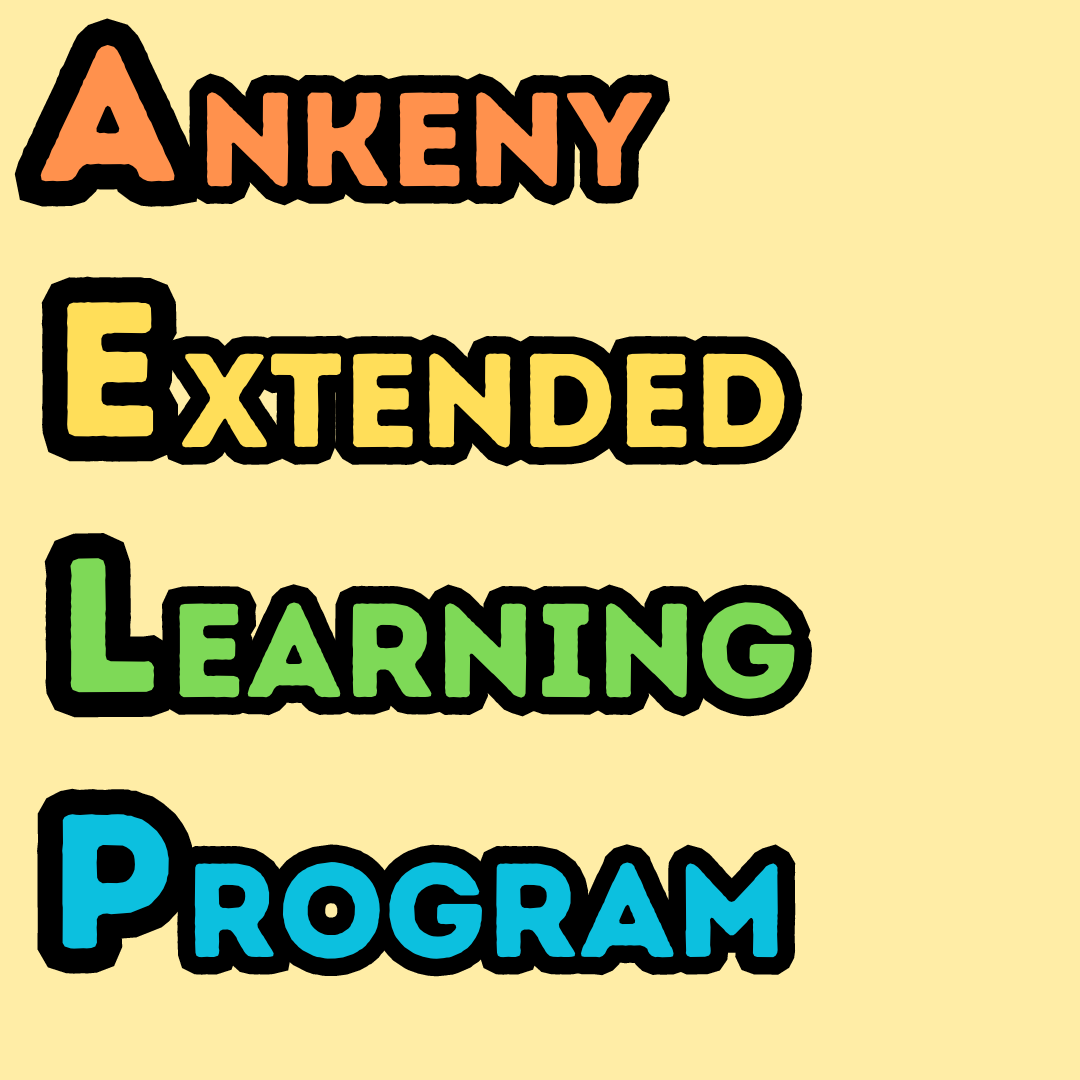


Joe • Nov 14, 2023 at 4:49 pm
My children’s elementary school has 30 staff assigned to special education and social services and only 1/2 of a staff assigned to AELP. We need a redistribution of resources to support both ends of the student spectrum.